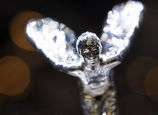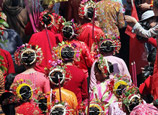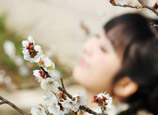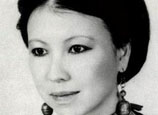
 |
| An independent scholar of traditional Chinese culture, Mi Hongbin has a soft spot for wood. (China Daily/Wang Jing) |
Old wood is valued in China for its aged patina, its markings and a beauty that lives on long after the tree was felled. Zhao Xu talks to a scholar who has made it his calling to study and treasure wood.
Mi Hongbin raised his very first question about wood at the age of 7 as he watched a traditional Chinese doctor take his patient's pulse.
"What he did, basically, was to place his fingers gently on the patient's wrist and count the throbs," says Mi, an independent scholar with a special bent for the mystical and philosophical aspects of Chinese culture, and a soft spot for wood.
But it was the prop, not the healing that held the young man's attention.
"What intrigued me was not that he could come to a diagnosis through such a simple but mystified procedure, but the fact that it couldn't be performed without that small chunk of wood, on which the patient rested his wrist."
That "chunk of wood" has been part of the healing paraphernalia for ages, and is known as a "pulse pillow". Many have been used for decades, and all have been polished by constant use to a shiny patina, oiled by numerous encounters with human skin.



















![]()
